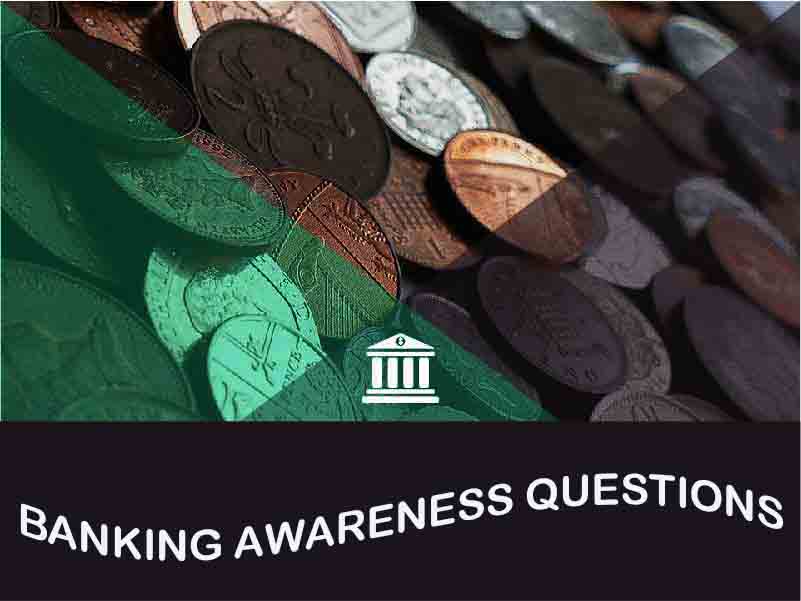Inward and Outward Clearing
Dear Aspirants,
There are two type of clearings that undertake in a bank.
Outward Clearing:
In this type of clearing cheques of other banks are presented by our customers in our branch. We take those cheques with different bank slips to clearing house for clearing of cheques. In outward Clearing cheques belong to other bank, but the customer belongs to our banks. For e.g. A customer of Indian Overseas Bank comes to the bank with cheque of SBI with him. He will give banks 2 things, 1: credit voucher advising the cheque the customer needs to present in clearing 2: Cheques
The voucher and cheque collectively carry the same amount. If the voucher is of Rs1000 then the cheque/cheques will also be of Rs1000.
Once cheques are cleared in clearing, IOB will give credit to the customer in his/her account defined in the voucher.
Inward Clearing:
These are the cheques which we bring from clearing house. All these cheques belong to our bank, say IOB. If the accouts to whom cheques belong have balance, the cheque is passed, else visa versa. In Inward Clearing we only have the cheque with us. No voucher is present in inward clearing. We notify the clearing house about the fates of the cheque, according to which the presenting bank gives credit to the customer.
[do_widget text]
FAQ:
1. What is outward and inward clearing?
Outward and inward clearing are banking and financial terms related to the process of transferring funds between banks or financial institutions, especially in the context of checks and electronic funds transfers. These processes are commonly used for settling payments and transactions.
- Inward Clearing:
- Inward clearing refers to the process of receiving and processing checks or electronic fund transfers from other banks or financial institutions. When a customer or business deposits a check from a different bank into their own bank account, the check is sent for inward clearing to the bank on which it is drawn (the payer’s bank). The payer’s bank then verifies the check’s authenticity and ensures that the payer has sufficient funds to cover the amount. If everything checks out, the funds are transferred to the payee’s (the depositor’s) account.
- Outward Clearing:
- Outward clearing, on the other hand, involves the process of sending checks or electronic fund transfer requests to other banks or financial institutions for clearance. When a customer writes a check to pay someone who has an account in a different bank, the payer’s bank initiates the outward clearing process. The payer’s bank sends the check or electronic payment instructions to the payee’s bank for verification and settlement.
2. What is the meaning of outward clearing cheque return?
An “outward clearing cheque return” refers to a situation in the banking system where a check that was originally deposited into a bank account and sent for clearance to the payer’s bank (the bank on which the check is drawn) is returned unpaid or dishonored by the payer’s bank. In other words, the payment indicated on the check could not be processed, and the funds were not transferred from the payer’s account to the payee’s account.
3. What is inward and outward cheque bounce?
“Inward cheque bounce” and “outward cheque bounce” are terms used to describe the same situation from different perspectives in the context of check payments. They refer to instances where a check is dishonored or returned unpaid due to various reasons. The distinction lies in whether you are considering the situation from the perspective of the bank that receives the check (inward) or the bank from which the check was issued (outward).
People Searches: UCO Bank Merged with























